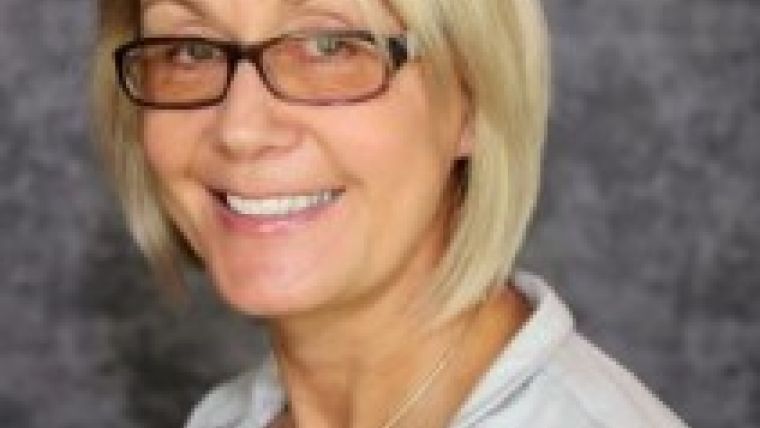Famous Czech Scientists
ISPRS Congress assembles every four years at some attractive location in the world, to welcome participants from all over the globe who meet to discover, report and exchange ideas on state-of-the-art in research, technology and education. This year is no different. More than two thousands of professionals in the fields of remote sensing, photogrammetry, imaging, vision, geospatial science and technology, and numerous fields of related scientific and engineering applications are meeting from July 12 to 19, 2016 in the historical city of Prague. This is my third professional visit to Prague in 12 months, as Prague has been a popular destination for many international conferences, including the 16th World Congress of the International Association of Institutes of Navigation (IAIN) last October, and the 26th General Assembly of the International Union of Geodesy and Geophysics (IUGG) that was held in summer 2015.
There is a good reason for organizations, such as ISPRS, IUGG or IAIN to meet in Prague. Many famous scientists and engineers who have made important scientific discoveries related to the fields of geoscience, astronomy and navigation have lived and worked here under the auspices of Czech kings. Not to mention that Czechs themselves are known to have a propensity for technical ingenuity. Otto Wichterle, who in 1959 developed a process for manufacturing the world’s first practicable soft contact lenses, is considered the most quixotic of Czech innovators. Nikola Tesla, though Serbian, lived in Prague for a year and contributed to the development of the alternating-current electrical system, and another Czech, Josef Ludvík František Ressel, can lay claim to one of the most important inventions in maritime travel - the screw propeller. Did you know that Albert Einstein also lived in Prague? You can visit the place where he played his violin and his debating circle met regularly. Look for a memorial plaque outside a house on the Old Town Square. It reads: “Here in this salon of Mrs. Berta Fanta, Albert Einstein, Professor at Prague University in 1911 to 1912, founder of the theory of relativity, Nobel Prize Winner, played the violin and met his friends, famous writers, Max Brod and Franz Kafka.”
Not far from the ISPRS venue there is a statue of two famous Renaissance astronomers - Tycho Brahe and Johannes Kepler. At the turn of the 16th century both of these astronomers were employed at the court of the Holy Roman Emperor and Czech King Rudolph II in Prague. Brahe spent most of his time in the so-called Kurz Summer Palace at Pohorelec, where Kepler worked with him for some time. These two brilliant scientists made fundamental contributions to our understanding of the universe: Kepler discovered the three laws to describe the motion of planets about the Sun, which emerged from the analysis of data carefully collected by his predecessor and teacher, Tycho Brahe.
A few other things worth noting about the Czech Republic, is that the Reporters Without Borders rank the country as the 5th best place to visit in the world; the country is known for not only its outstanding beer, but also numerous spas and castles, and for being the second richest country in Central Europe and the most educated in European Union. In fact, the Charles University in Prague is the oldest university in Europe, established in 1348, the year when The Black Death epidemic spread to central and western Europe, and the first English order of knighthood was founded, Order of Garter. Oh, and year 1348 (MCCCXLVIII) was a leap year starting on Tuesday of the Julian calendar. Welcome to Prague, “the City of a Hundred Spires!”
Dorota A. Grejner-Brzezinska
Lowber B. Strange Endowed Professor, The Ohio State University
President, Institute of Navigation
Biography
Dorota A. Grejner-Brzezinska is the Lowber B. Strange Endowed Professor and Chair, Department of Civil, Environmental and Geodetic Engineering at The Ohio State University. Her research interests cover GNSS algorithms, sensor integration for navigation in GPS-challenged environments, indoor and personal navigation and mobile mapping. Dorota is a Fellow of the Institute of Navigation (ION) and Fellow of the Royal Institute of Navigation (RIN). She is currently ION president, and served as president (2011-2015) of the International Association of Geodesy (IAG) Commission 4, Positioning and Applications. She is IAG Fellow.

Value staying current with geomatics?
Stay on the map with our expertly curated newsletters.
We provide educational insights, industry updates, and inspiring stories to help you learn, grow, and reach your full potential in your field. Don't miss out - subscribe today and ensure you're always informed, educated, and inspired.
Choose your newsletter(s)












